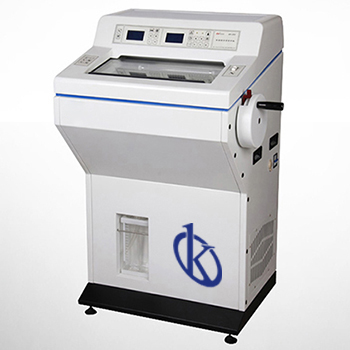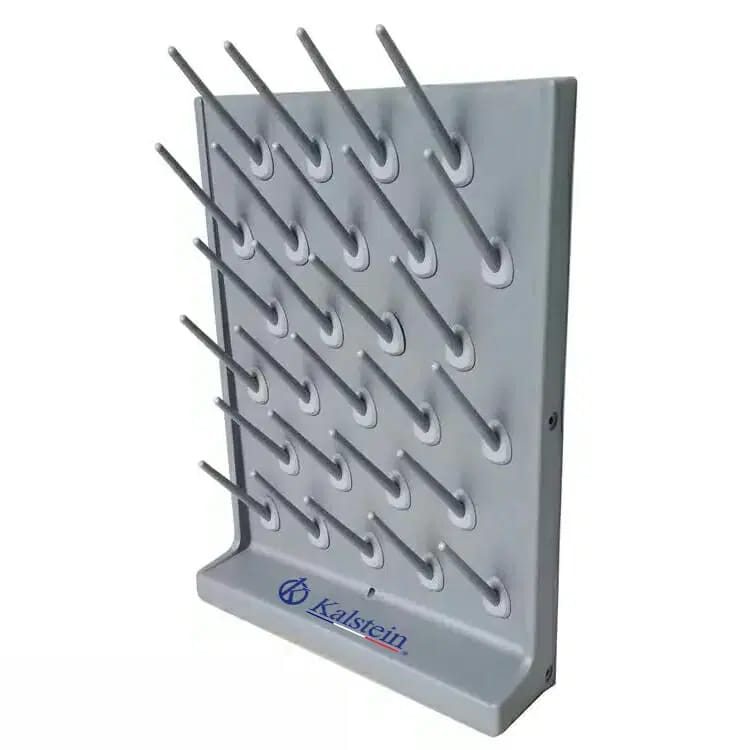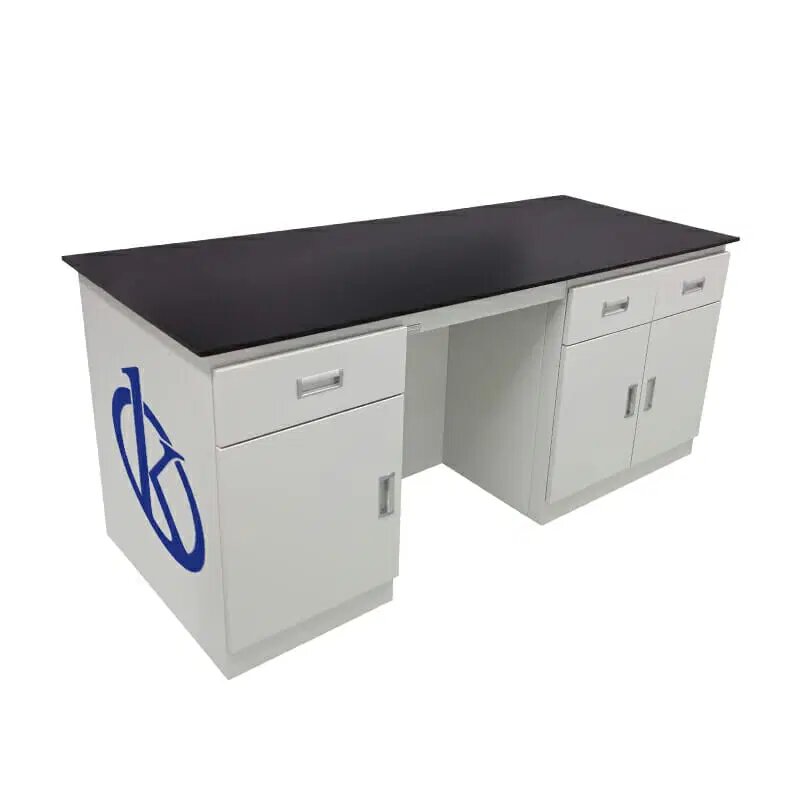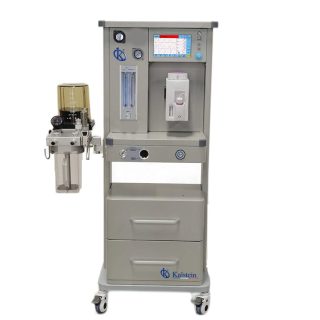The importance of this instrument lies in its use and usefulness, since it works to make very fine cuts, which are required in the area of microscopy; since it is there where these equipment originated, because in order to analyze samples thin enough for light to pass through them, they began as razor blades and made the cut manually, but with technological updates, progress has been made in quality, which today, we have laser microtome.
The advantage of the updates is that we can now cut the sample finely, safely adjust the thickness and meet the demands of the preparations, in addition to avoiding contact with the sample; the importance of this equipment lies as previously established in its operation, usefulness within the prepared samples.
Types and advantages of uses of microtomes
- Sliding microtomes: the advantage is that it guarantees a stable cut, with a thickness of 1 to 60 μm.
- Rotation microtomes: offers a uniform cut that allows to prepare samples between 1 and 60 μm.
- Freezing microtomes: they are a subgroup of the rotation microtomes, but instead test is found in a freezer container increasing the hardness of the test.
- Ultramicrotome: allows cuts of extremely thin preparations, driven by thermal expansion, allowing a thickness of 10 to 500μm.
- Laser microtomes: they allow very fine special cutting without thermal damage to the test, with a thickness of 10 to 100μm.
Characteristics of microtomes that make it important in the laboratory.
Having metal sheets for the cuts and a mechanism to regulate the thickness of the samples, different cuts of samples can be made mainly of plant, animal or tissue tissues with pathologies prior biopsy, and you want to know their pathologies; as we work with tissues and these are extremely soft, it is required to harden them, to be able to make the cut.
Due to the hardening technique a specific microthymity technique is required, it also facilitates the making of cuts in tissues that have been treated with paraffin, giving the sections of micrometric thickness of quite thin to favor its microscopic analysis. Microtomes can have blades of different material, which facilitates cuts, such as: steel, glass, diamond, and will depend on the sample you want to cut and the thickness you need.
Importance of the different types of blade according to the need.
- Steel blade: special for making cuts in soft tissues of animals and / or vegetables, they are used in histology, cork, wood and expanded polystyrene for light microscopy.
- Glass blade: used to extract very thin parts from samples for light microscopy and electronics.
- Diamond blades: used in industries for fine cuts of hard materials: teeth, bones, hard plant material, and are used in light and electronic microscopy.
Microtomy techniques.
- Traditional histological technique: in the sample paraffin is used to harden the tissues, in this technique the thickness is between 2 and 10 micrometers, but it requires 15 to 16 hours to obtain a sample ready for cutting.
- Cryosection: in this technique freezing is used to harden the samples, it is used if results are needed in a short time, in addition to the process that lasts 5 to 10 minutes.
- Electron microscopy: Epoxy resin is used, a diamond or glass sheet is used, and the cut is very thin from 60 to 100μm.
Each model has design, different settings, parts and structure ranging from the concept of simplicity and effectiveness, reliability and low cost. They offer benefits applicable in all hospitals, clinical industries; optimizing for sample preparation for subsequent microscopic tissue analysis. For the acquisition of any of these microtomes for laboratory use you can do them through our online purchase channels that are very easy and viable, remember that we KALSTEIN, we are high-level manufacturers, with great demand for purchase and sale worldwide, we visit our website, and enjoy the advantages of guarantee and commitment, ensuring a team with superior technology and high performance. HERE




